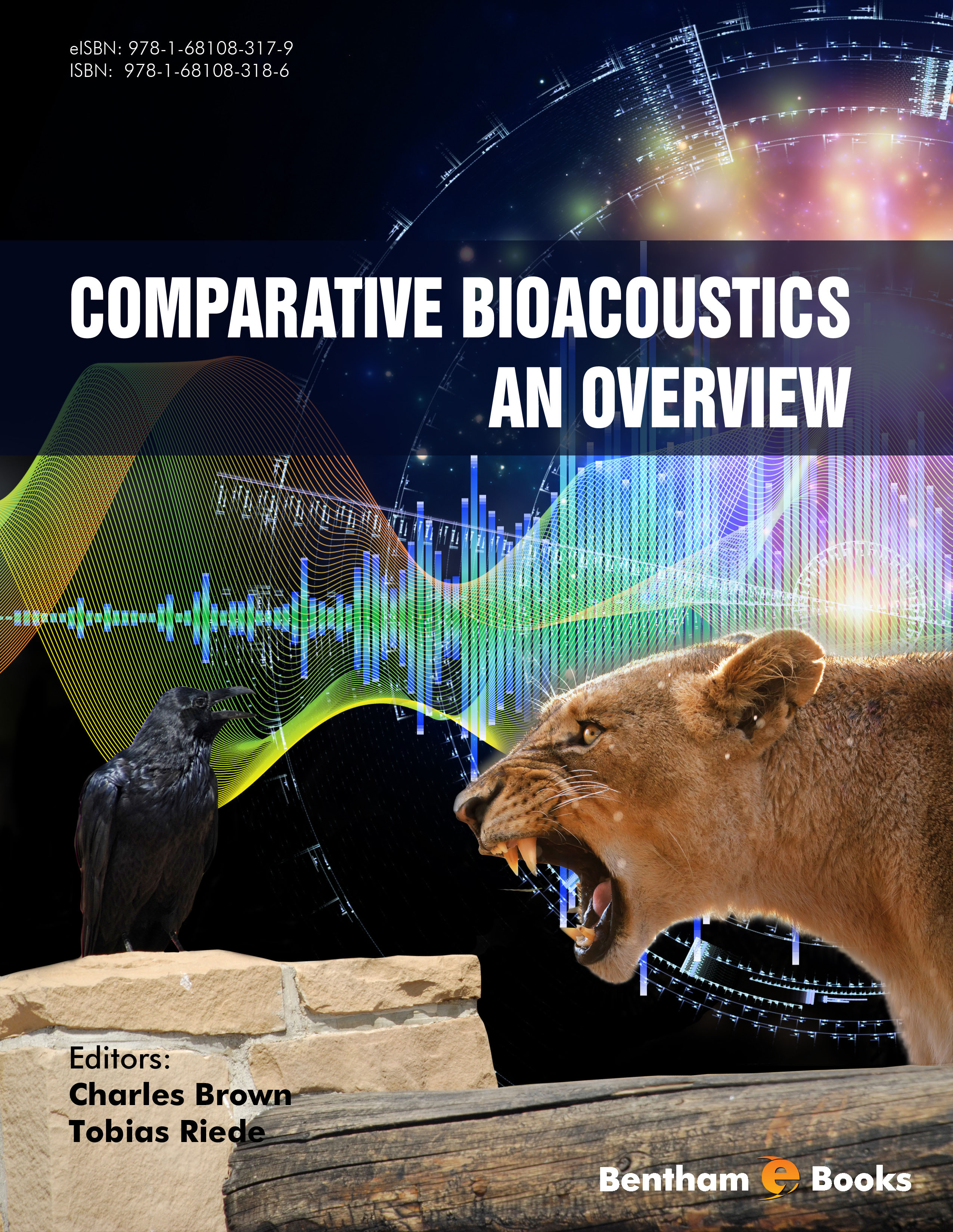Filtering in Bioacoustics

- Authors: Philip K. Stoddard1, Michael J. Owren2
-
View Affiliations Hide Affiliations1 Florida International University, Miami, FL 33199, United States 2 OSV Acoustical Associations LLC and Emory University, United States
- Source: Comparative Bioacoustics: An Overview , pp 302-335
- Publication Date: January 2017
- Language: English
Filtering in Bioacoustics, Page 1 of 1
< Previous page | Next page > /docserver/preview/fulltext/9781681083179/chapter-7-1.gif
Working in bioacoustics requires knowledge of filtering, which is the application of frequency-dependent energy attenuation. General filter types include low-pass, high-pass, band-pass, and band-stop versions, each of which involves selecting a target frequency range, corresponding corner frequencies, and an optimized combination of attenuation slope and pass-band ripple. Filters can be constructed in either analog (hardware) or digital (software) forms, the former being necessary when converting signals between these two kinds of representations. However, the latter are more flexible, less expensive, and the more common when working with digital signals. Readily available programs allow even novice users to easily design and use digital filters. Filtering applications include removing various kinds of noise, simulating environmental degradation effects, and searching for signals embedded in noise. While easily performed, each of these applications requires some background knowledge. There is also good reason to avoid unnecessary use of filtering, as it is easy to create unintended effects. This chapter discusses these and other issues in the context of the everyday work of bioacoustics.
-
From This Site
/content/books/9781681083179.chapter-7dcterms_subject,pub_keyword-contentType:Journal -contentType:Figure -contentType:Table -contentType:SupplementaryData105

